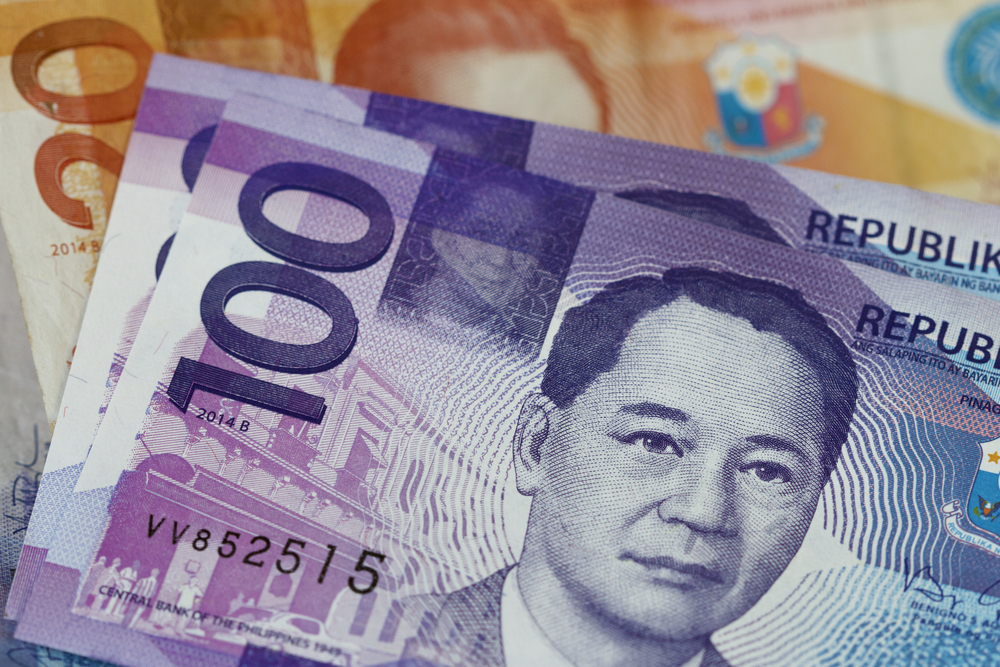Breaking
PHL economic managers cut growth forecast for 2016-17
MANILA – Economic managers on Monday cut their growth forecasts for the Philippines for 2016-17 given the weak external developments.
In a briefing, National Economic Development Authority (NEDA) Assistant Director General Rosemarie Edillon said the 2016 growth target is now at 6.
8-7.8 percent and the 2017 at 6.6 to 7.6 percent.
These were previously at seven to eight percent but were revised downwards due to the impact of economic developments overseas.
Edillion said primary factors to these changes are the slowdown in China and the declining prices of oil.
She, however, stressed that domestic demand remainedd robust and would counter the weak external outturn.
“We are actually looking at robust domestic demand to compensate for external environment,” she said pointing out that growth slowed in 2015 against the seven to eight percent target due mainly to lower net exports.
For 2018, the government’s growth assumption is seven to eight percent while it is 6.9-7.9 percent for 2019.
Edillion said lower growth figures for 2017 and 2019 is not really an expected slowdown but base effect from the previous years.
Budget and Management Secretary Florencio Abad, during the same briefing, said that “while uncertainties in global growth continues domestic demand remains robust.”
“The level of absorption is increasing and there will be more infrastructure projects (that would support growth in the long-term),” he said.
In terms of inflation, the target range was maintained at two to four percent from 2016-18 even with the cut in the oil price assumptions, Bangko Sentral ng Pilipinas (BSP) Managing Director Francis Dakila Jr. said during the same briefing.
He said economic managers forecast inflation to end 2016 at the lower end of the target while it is expected to end 2017 at the mid-point.
He said domestic demand remained “very robust” and “demand conditions will be going to support a moderate increase in the inflation rate.”
He said the lower-than-target actual inflation rate in 2015, with an average of 1.4 percent against the two to four percent target, was due to supply-side factors.
“Supply side is essentially very short term,” he said.
The government’s oil price assumption for 2016 was revised down to USD 45-60/barrel from USD 55-75/barrel.
For 2017-18, the new assumption is USD 50-65/barrel from USD 65-85/barrel.
Foreign exchange rate is now at 45-48 for 2016-18 from 43–46 previously.
Imports are now seen to grow by 10 percent, 12 percent and 13 percent for 2016-18. These were previously at 12 percent, 13 percent and 14 percent for the past three-year period.
The cut in the projections was due to lower oil prices, Edillon said.
Exports for 2016 is now seen at five percent from six percent while it is still at eight percent and 10 percent for 2017 and 2018.






















